Kayastha Matrimony
by iMarriagesKayastha matrimony site.
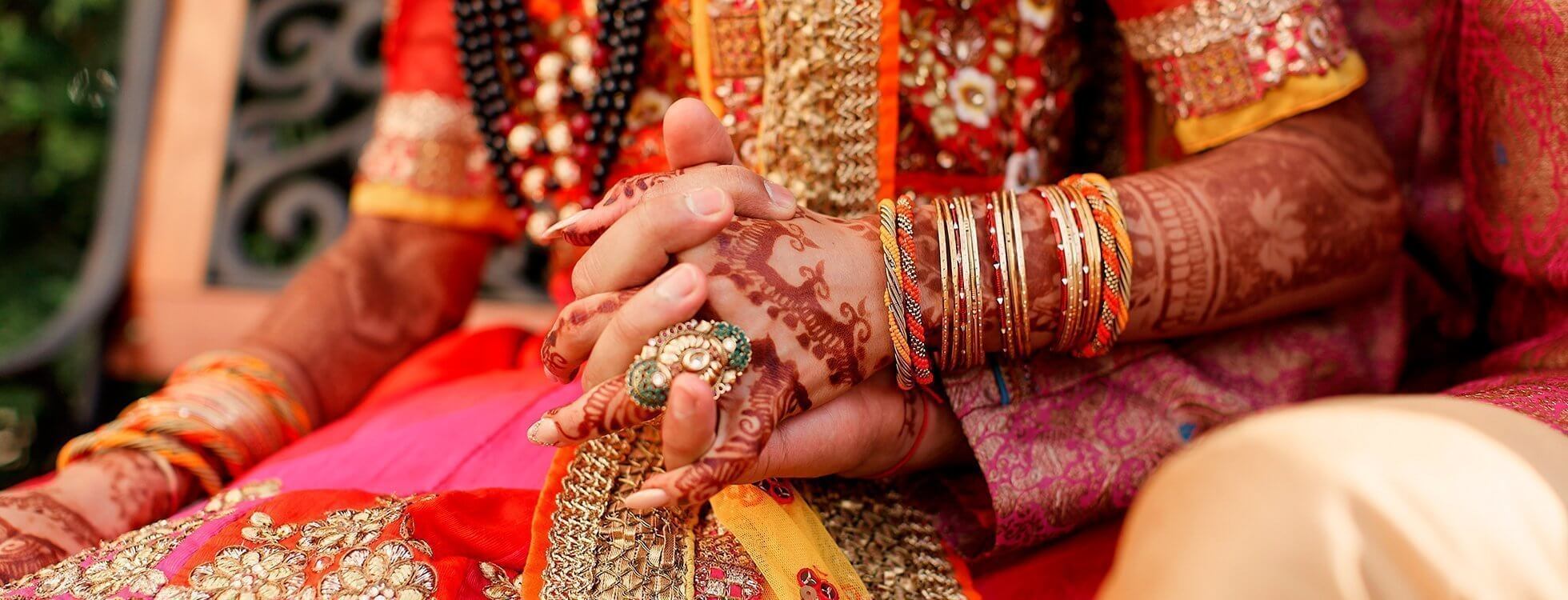

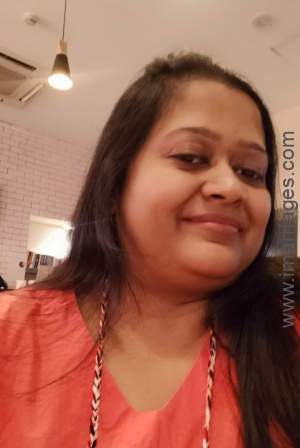
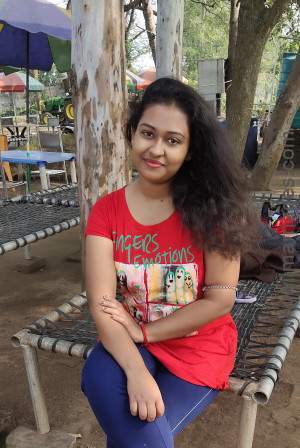
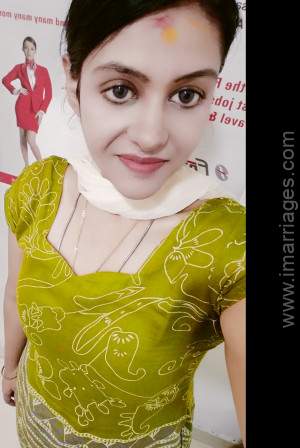
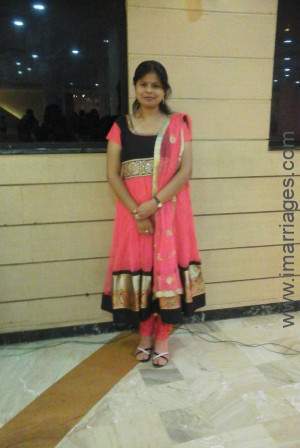
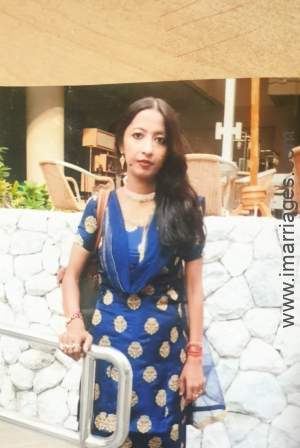
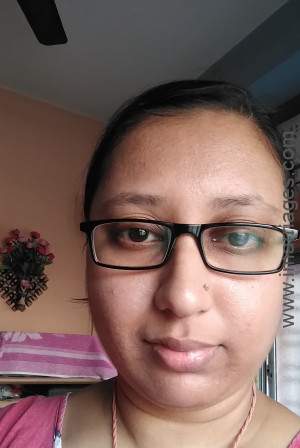
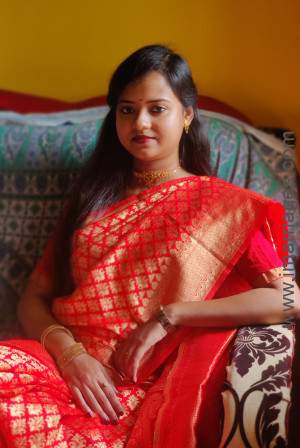
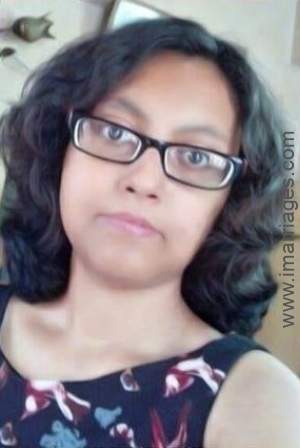
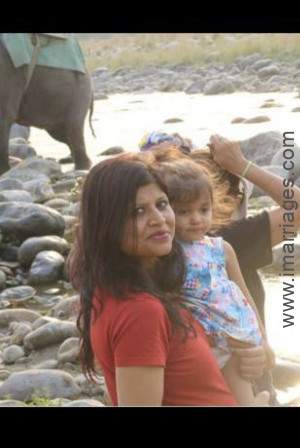
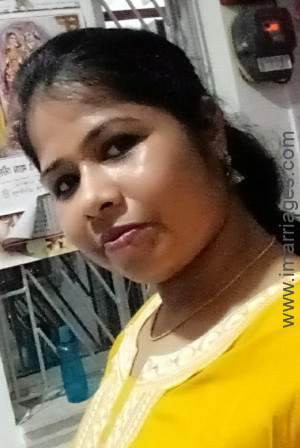
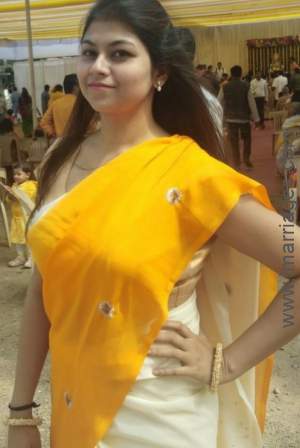
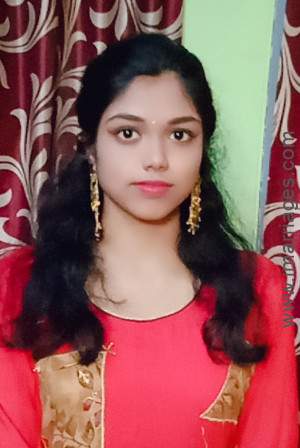
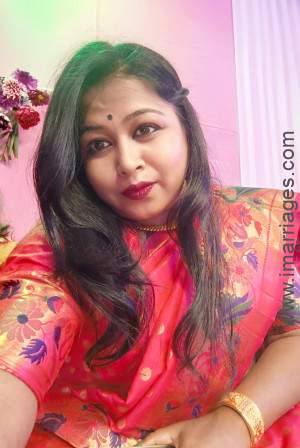
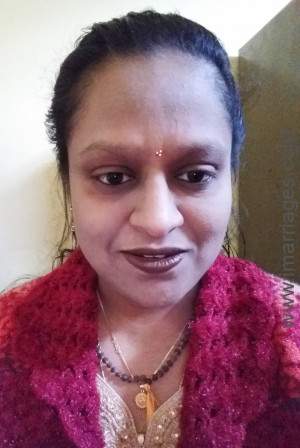
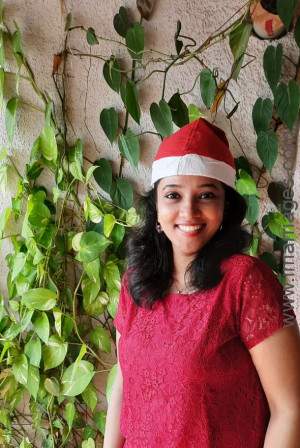
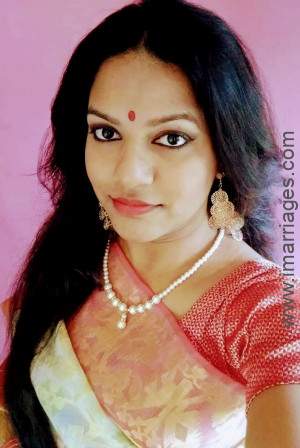
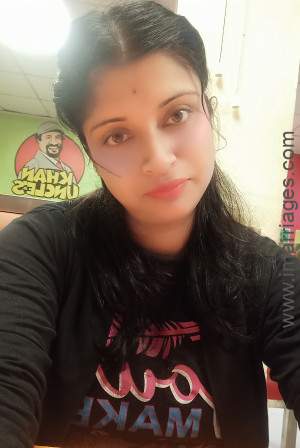
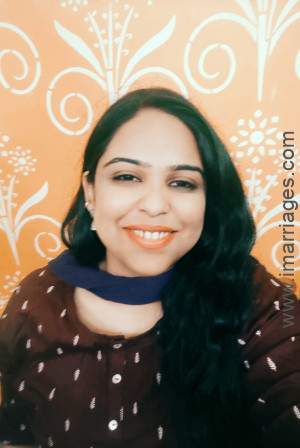
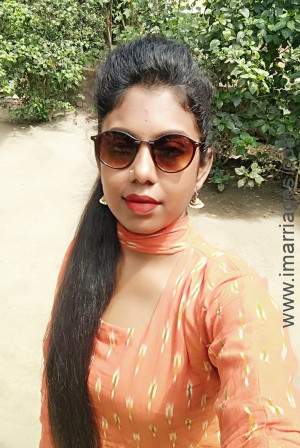
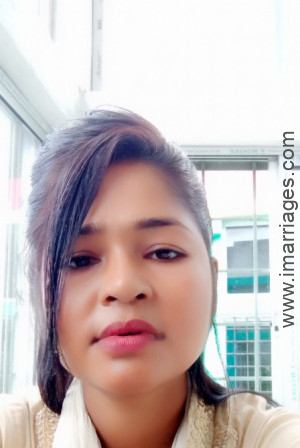
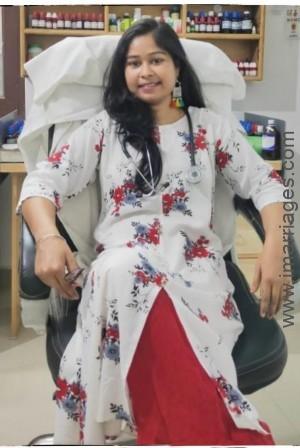
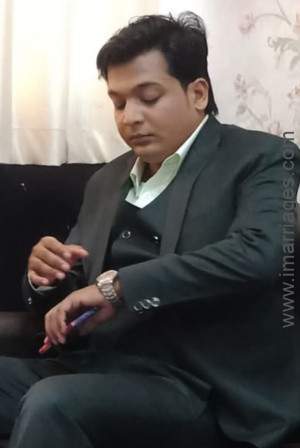
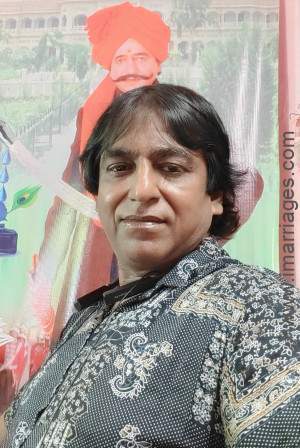

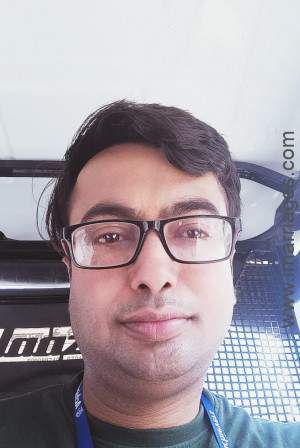

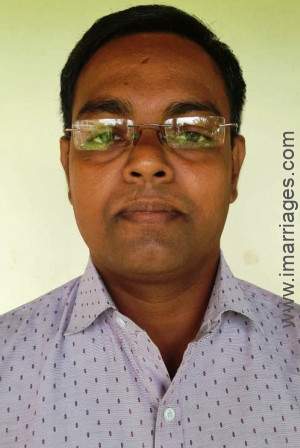
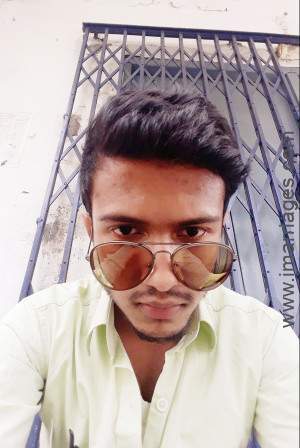
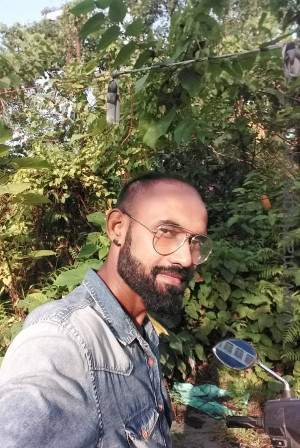


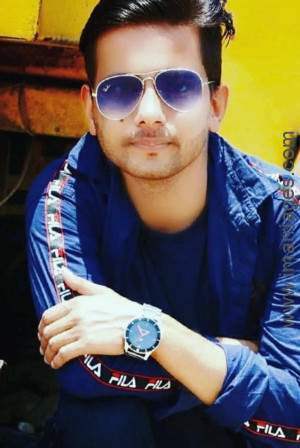

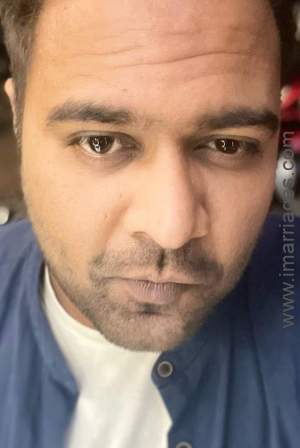

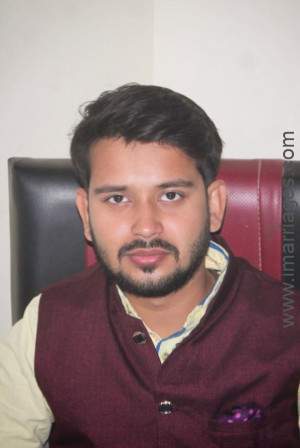
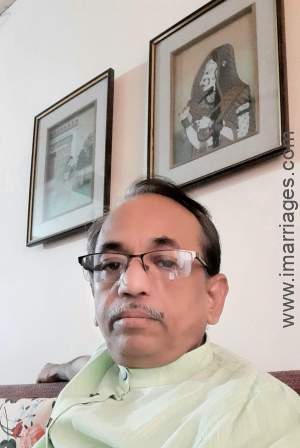
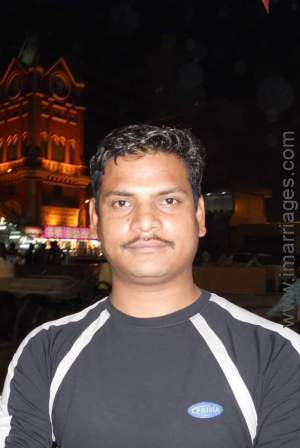
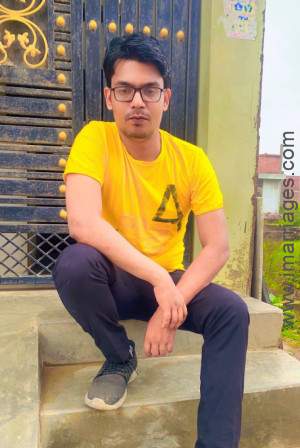
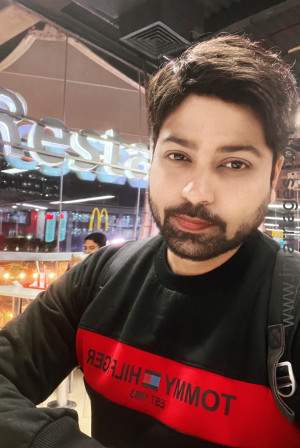
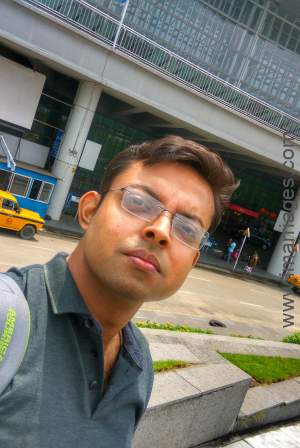

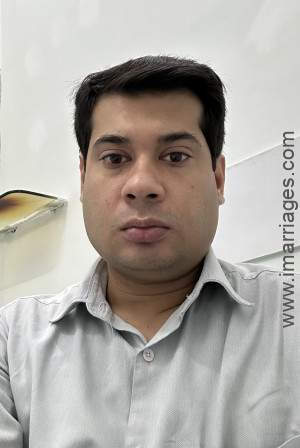
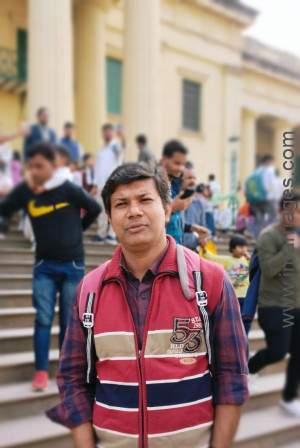

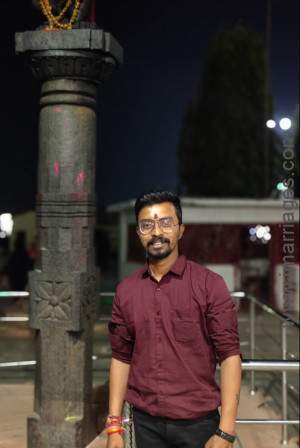

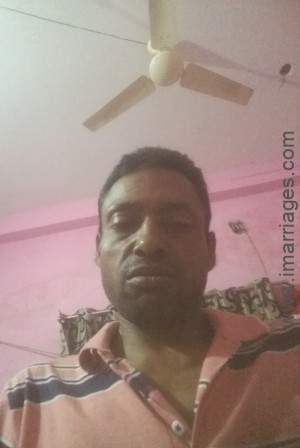
Welcome to Kayastha Matrimony by iMarriages, a free matrimony portal featuring thousands of profiles.
The Kayastha community is one of the most intellectual communities in India. They are broad-minded and are more accepting of inter-caste marriages than most. People of this community reside in almost every part of India, but the largest populations are within Uttar Pradesh, Bihar, Madhya Pradesh or Delhi. They believe in celebrating marriage as a lifetime occasion without any hustle and extra pomp and show. Thus, Kayastha community matrimony is all about fun-filled rituals and meaningful ceremonies.
Let's take a closer look at the grandeur of Kayastha wedding celebrations.
Pre-Wedding Rituals
Lagan Ceremony
This is the beginning of celebrations. During this ceremony, the bride's family send a formal invitation to the groom's family for the wedding. This is in the form of a traditional wedding card known as lagan Patrika. Along with Lagan Patrika a silver-covered coconut, betel nuts, and gold-covered barley are also sent. Along with all these auspicious things the bride's family also sends clothes for the groom and his family, sweets, dry fruits, and fruits as a part of this ritual.
Fixing The Marriage Date
After the lagan ceremony, the groom's family accept the invitation for marriage. After this, all the male members of both families visits an astrologer for fixing of an auspicious date for marriage. The astrologer fixes the marriage date as per the horoscope of the boy and the girl.
Bhat Nyotna
This is a unique type of ritual observed in Kayastha community. During this ceremony, the mother of the bride and groom visits their respective maternal home to invite her parents and family to come to her daughter/son's marriage After this, the remaining wedding invitations are distributed to all the relatives and friends. The importance of this ritual is that later on a day prior to the wedding day, the maternal uncle of the bride and groom have to organize a lunch known as Bhaat for all the relatives and friends.
Haldi Kutai
This ceremony is meant for preparing a powder of turmeric for the Haldi ritual later on in the celebration. This powder is applied to the groom as well as to the bride in the form of Ubtan (local world for face pack). During this ritual, the mother of the groom along with other ladies of the family prepare a refined powder of turmeric while singing folk wedding songs. All the ladies participating in the ceremony wear their chunri, nath and tikka.
Tilak Ceremony
This ceremony takes place a day or two prior to the wedding day. The bride's brother along with other male members of the family visit the groom's house. This ritual is to signify the acceptance of the Groom to wed their daughter by the bride's family. The bride's family offers various gifts and clothes, sweets, dry fruits and jewelry for the groom and his family.
Mehendi Ceremony
This ritual is to embellish beautiful designs of Mehendi on the hands and feet of the bride as a sign of good luck. All the ladies of the bride and groom family also apply mehendi on their hand during this celebration. This ceremony is completed amidst of folk wedding songs and various light-hearted moments.
Wedding Day Rituals
Mandapchadan
On the wedding day, the males of the groom and the bride's family set up a mandap in their respective houses with hay roof made over the four bamboo posts and decorate it with banana stumps and mango leaves. All the remaining rituals of the day till the conclusion of the wedding will be held in this mandap.
Haldi Ceremony
The haldi paste brought by the mother of the groom is applied on the bride's face, hands, and feet. This ceremony is performed by all married the females of the family. The same ceremony is performed in the groom's family as well.
Paricchavan
The mother of the groom performs this ritual just before the departure of the baraat. She performs an aarti of the groom to ward away all bad omens. She puts tilak on his forehead with her blessing for the new propitious beginning.
Barat Procession
The wedding procession sets off towards the wedding venue. Before reaching the venue the groom and his procession visit a nearby temple. Unlike other community very few females of the family participate in this procession.
Welcoming of the Barrat
On arrival of the wedding procession, the groom's family gets a warm welcome from the bride's family. Then the bride's family greets the groom and his family inside the wedding hall. This is followed by the exchange of garlands between the couple. After this, the bride and groom proceed towards the mandap for the next set of rituals.
The Wedding Ceremony
The first ritual is Kanyadaan ceremony. During this ritual by holding their joined hands in front of the sacred fire, the bride's father gives away the responsibility of her daughter to the groom for the lifetime. Then the nuptial knot is tied between the ends of the garments of the bride and the grooms. Following which they take seven circles around the sacred fire with the promises of being with each other in all spheres of life. This is followed by sindoor dan (application of vermilion powder on bride's forehead) and tying of mangalsutra around the bride's neck. This concludes the Kayastha community matrimony.
Post-Wedding Rituals
Vidai
The bride leaves her maternal house during this ritual. It is a very emotional moment for the bride and her family, she has moved to her new house leaving all the childhood memories behind.
Grihpravesha
The newlywed Kayastha couple on arrival at the groom's house is welcomed by the grooms family. This is followed by an arti performed by the mother in law of the bride. Then the new member of the house enters in with her right foot first as a sign of good luck.
Muh-Dikhai
During this ceremony, the bride is greeted by gifts and sweets by all her new family members. The bride is made to sit on a chair at the mandap and the family members take their turn to bless her.